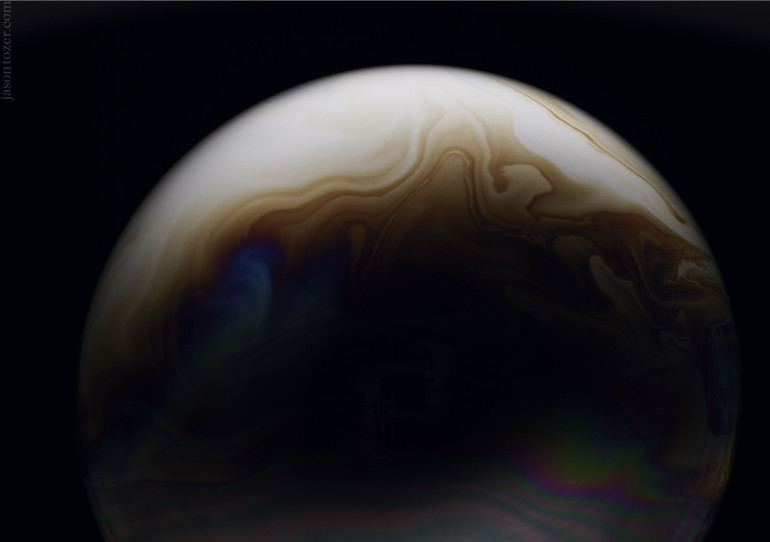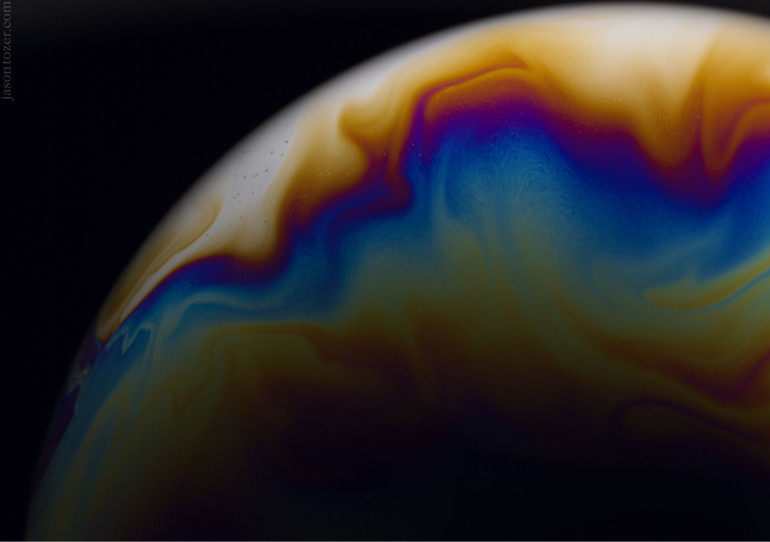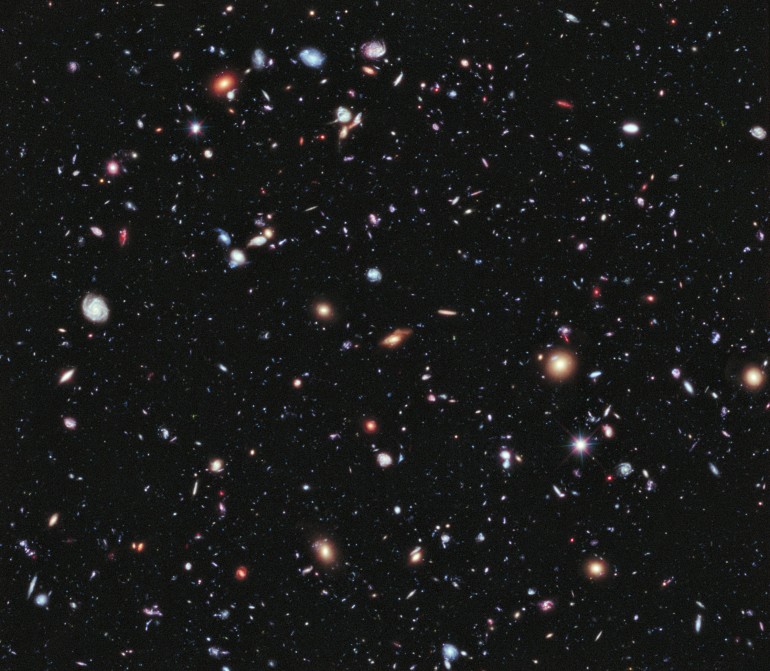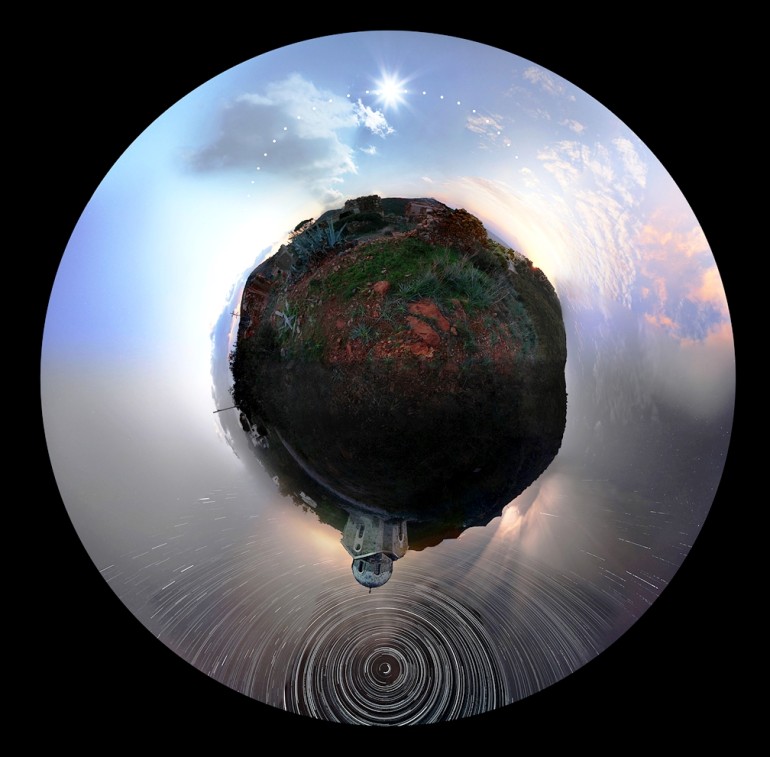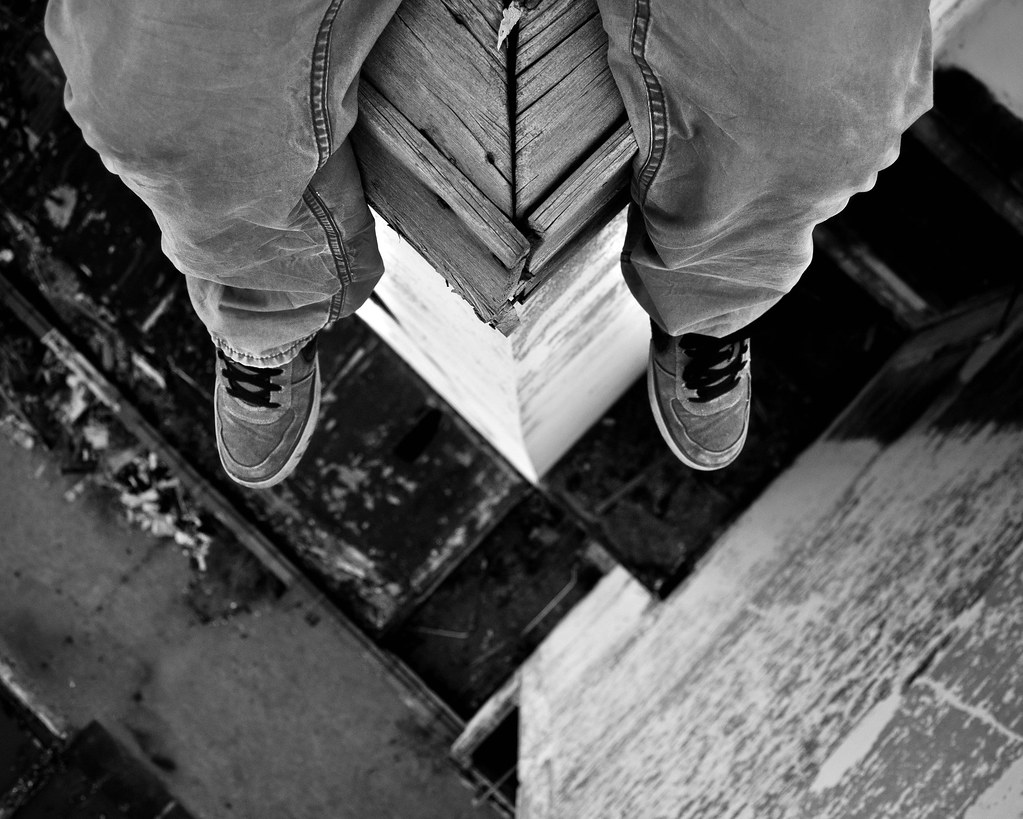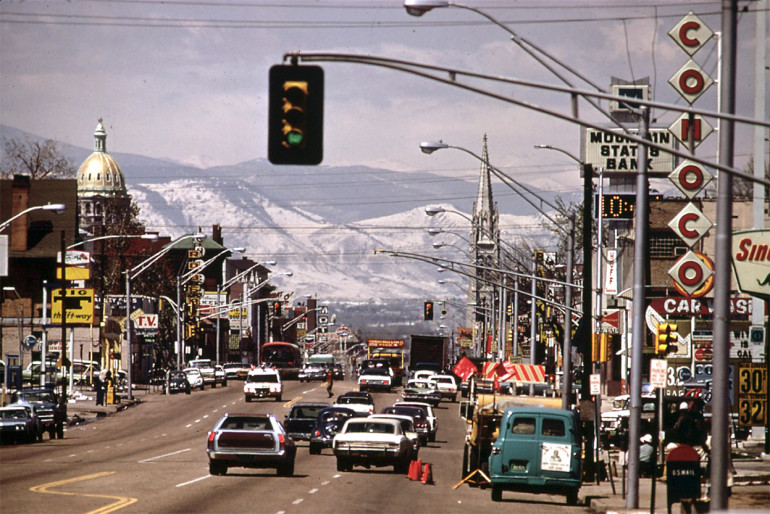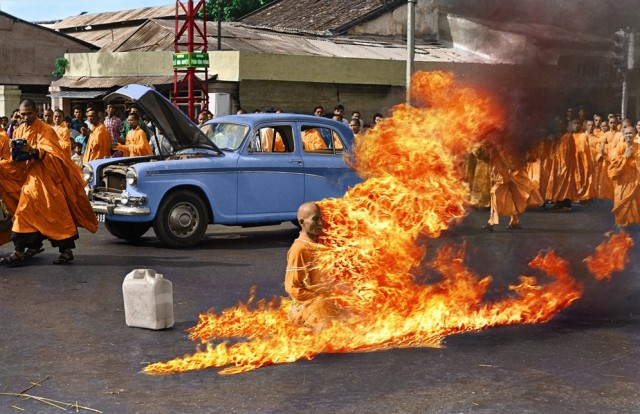Does A Deep Neural Network Like Your #Selfie?
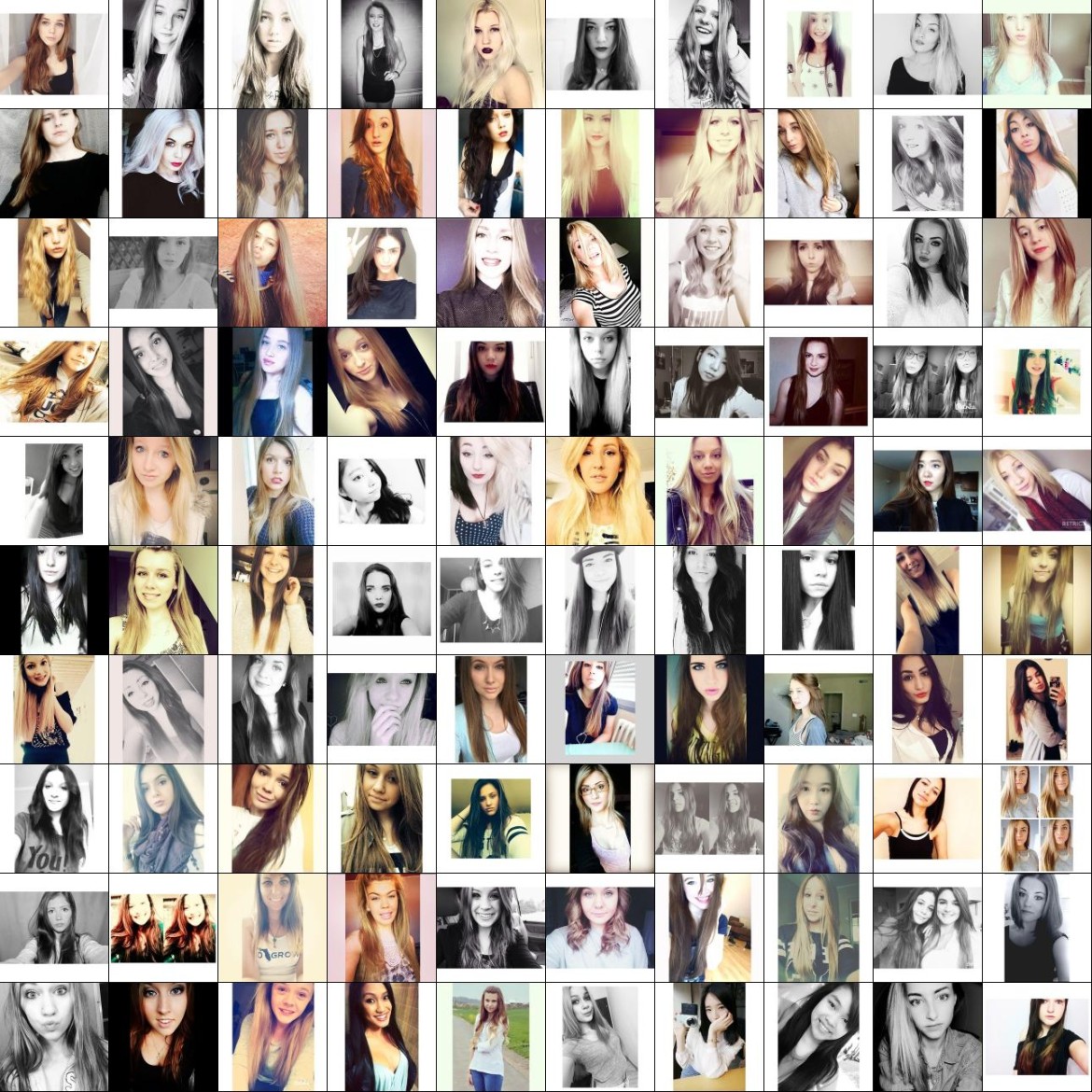
Andrej Karpathy trained a Convolutional Neural Network with a dataset of 2 million photographs to determine what makes the perfect selfie. The image above contains the top 100 best selfies (here are the 1,000 best selfies) Andrej concludes that the best selfies have these qualities:
- Be female. Women are consistently ranked higher than men. In particular, notice that there is not a single guy in the top 100.
- Face should occupy about 1/3 of the image. Notice that the position and pose of the face is quite consistent among the top images. The face always occupies about 1/3 of the image, is slightly tilted, and is positioned in the center and at the top. Which also brings me to:
- Cut off your forehead. What’s up with that? It looks like a popular strategy, at least for women.
- Show your long hair. Notice the frequent prominence of long strands of hair running down the shoulders.
- Oversaturate the face. Notice the frequent occurrence of over-saturated lighting, which often makes the face look much more uniform and faded out. Related to that,
- Put a filter on it. Black and White photos seem to do quite well, and most of the top images seem to contain some kind of a filter that fades out the image and decreases the contrast.
- Add a border. You will notice a frequent appearance of horizontal/vertical white borders.
Andrej also created a TwitterBot that will judge your selfie. Simply attach your selfie (or a include a link) to a tweet that mentions @deepselfie anywhere in it. The bot will analyze your selfie and give you its opinion (e.g. score 90% means that the Selfie Bot is 90% sure yours would be in top half of selfies. Selfie Bot was not impressed with my selfie.
@hubs looking at https://t.co/7af3zUXjkG your selfie gets a score of 37.3%. Not very impressed.
— Selfie Bot (@deepselfie) October 27, 2015

